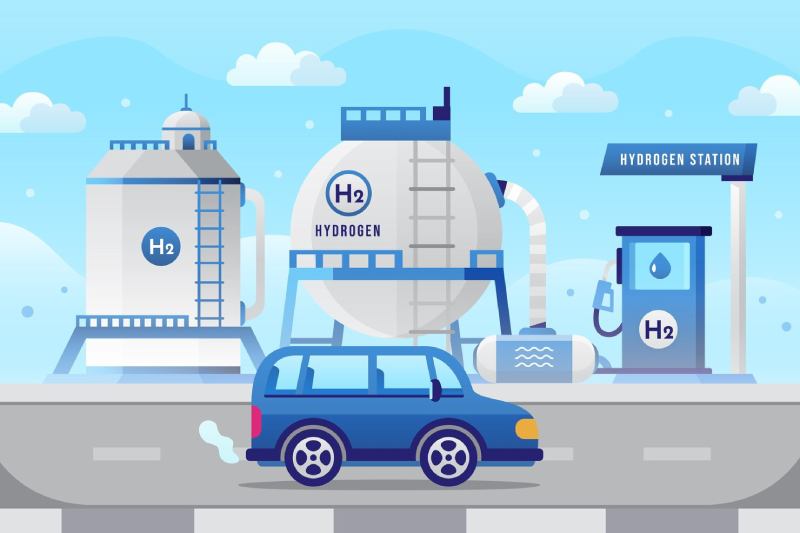Papua New Guinea (PNG), officially known as the Independent State of Papua New Guinea, is a tropical archipelagic nation situated in Oceania. It shares a land border with Indonesia and is flanked by Australia to the south, Nauru and the Solomon Islands to the east, and the Federated States of Micronesia to the north. As of 2023, PNG’s Gross Domestic Product (GDP) stood at approximately USD 30.73 billion.[1] The industrial and services sectors dominate the economy, jointly accounting for nearly 78 per cent of the GDP, while agriculture contributes about 17 per cent.
The industrial sector is driven largely by mining and oil & gas industries, which hold significant economic importance. PNG is rich in mineral resources including gold, silver, copper, and cobalt. The nation’s cobalt reserves are estimated at 62,000 tonnes, with a production capacity of 2,800 tonnes as of 2024.[2]
Liquefied Natural Gas (LNG) is another key export commodity, alongside gold, silver, and crude oil. In 2023, PNG exported approximately 11 billion cubic metres of LNG, mainly to Japan and China.[3] LNG contributed around 45 per cent of the country’s total export earnings that year.
PNG’s energy mix is heavily reliant on fossil fuels, particularly oil, gas, and diesel. Fossil fuel-based power accounted for about 70 per cent of PNG’s installed electricity capacity (1,035 MW), with the rest coming from renewables such as hydropower (261 MW), solar, and geothermal.[4] Hydropower makes up nearly 78 per cent of PNG’s renewable capacity, though many installations are small and decentralized.[5]
To reduce emissions and diversify its energy sources, PNG has committed to an ambitious carbon-neutrality target by 2050, including a 30 per cent GHG emission reduction by 2030.[6] The country aims to increase the share of renewables in its installed power capacity to 78 per cent by 2030, thus opening up opportunities for renewable-based energy solutions, including green hydrogen.
Green hydrogen represents a transformative opportunity for Papua New Guinea (PNG) to achieve its carbon neutrality goals and expand its clean energy export portfolio. With abundant baseload geothermal and hydropower resources, PNG is well-positioned to become a major producer of green hydrogen.
Although Papua New Guinea has not yet published a formal national hydrogen strategy, policy directions are emerging with clear government intent.
The Honourable Prime Minister, Mr. James Marape, has announced the government’s vision to produce up to 2.3 million metric tonnes per annum (MMTPA) of green hydrogen domestically. [1]
While PNG does not currently have a dedicated regulatory framework for hydrogen, it is expected that the forthcoming roadmap will include provisions to support infrastructure development, safety standards, and commercial uptake of hydrogen technologies.

Papua New Guinea has a diverse renewable energy base, with significant potential in hydropower, geothermal, solar, and wind energy:
At present, Papua New Guinea does not have local manufacturing capability for hydrogen equipment such as electrolysers or storage systems. However, with the development of large-scale hydrogen projects and international partnerships, PNG could gradually develop ancillary manufacturing and assembly capacity.
Future investment in modular electrolyser systems, containerised storage, and port-integrated hydrogen logistics hubs could enhance PNG’s domestic value chain. The government’s aspiration to integrate hydrogen into clean metal refining and green ammonia production may also create future industrial anchor demand for local hydrogen equipment assembly.
PNG’s most prominent green hydrogen project was announced by Fortescue Future Industries (FFI) under a master development agreement signed in 2021. [1] The proposed project aims to:
The project is still in its feasibility and early-stage development phase and could mark a major leap in hydrogen adoption for PNG if implemented.
Additional areas with potential project pipeline development include: